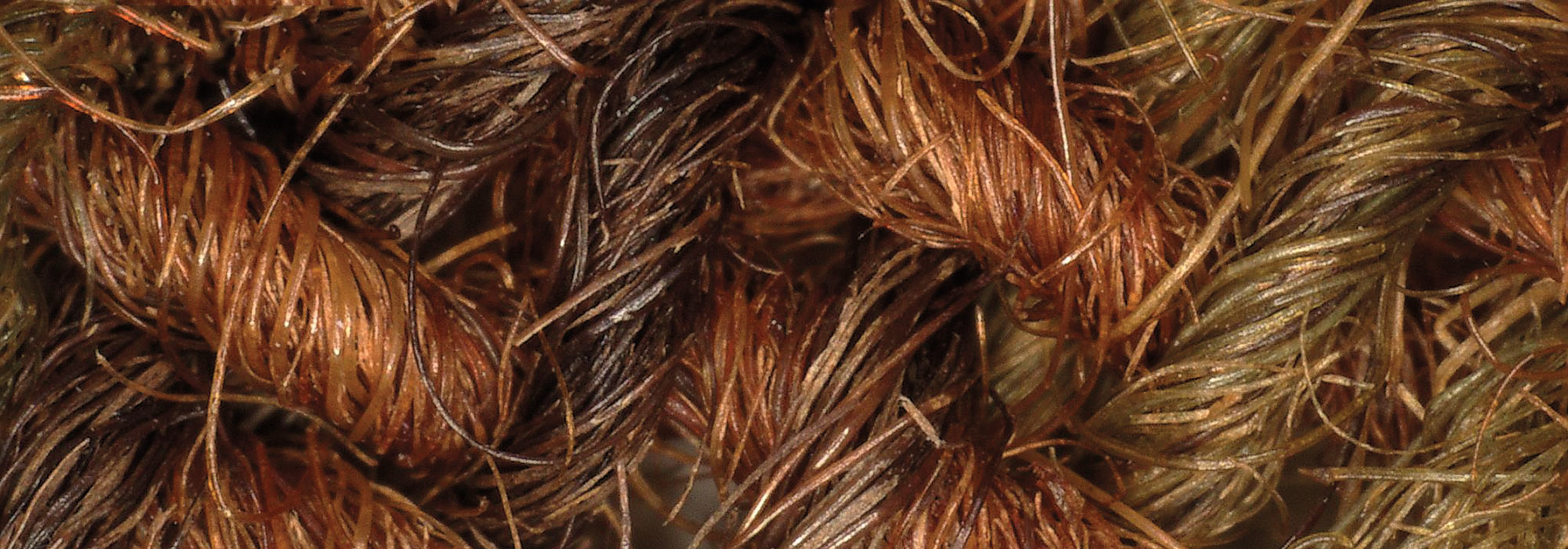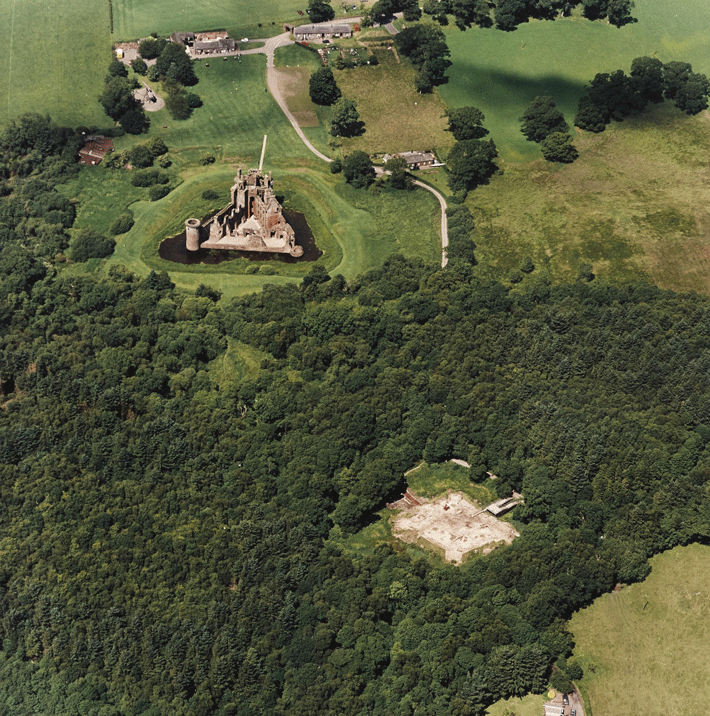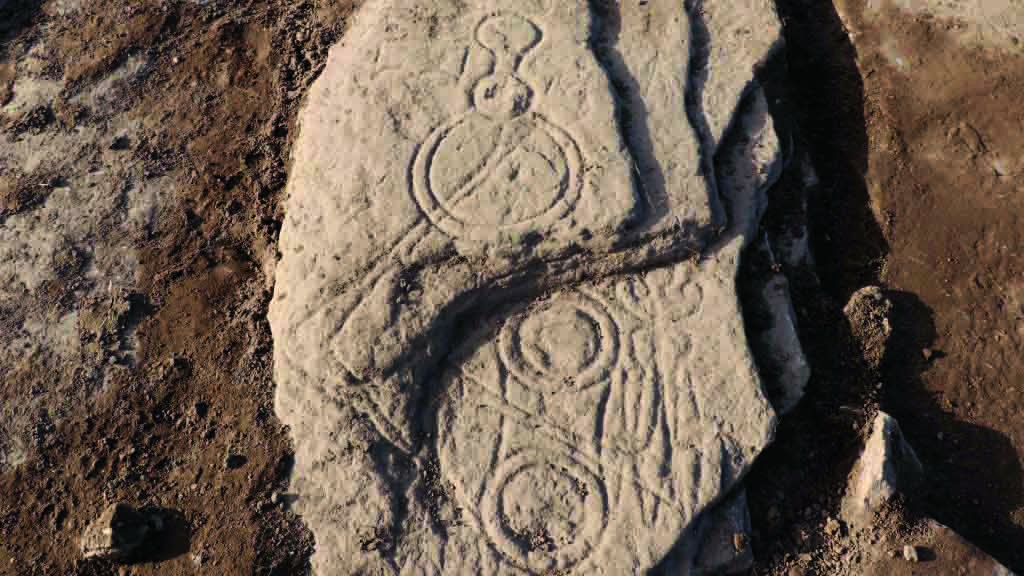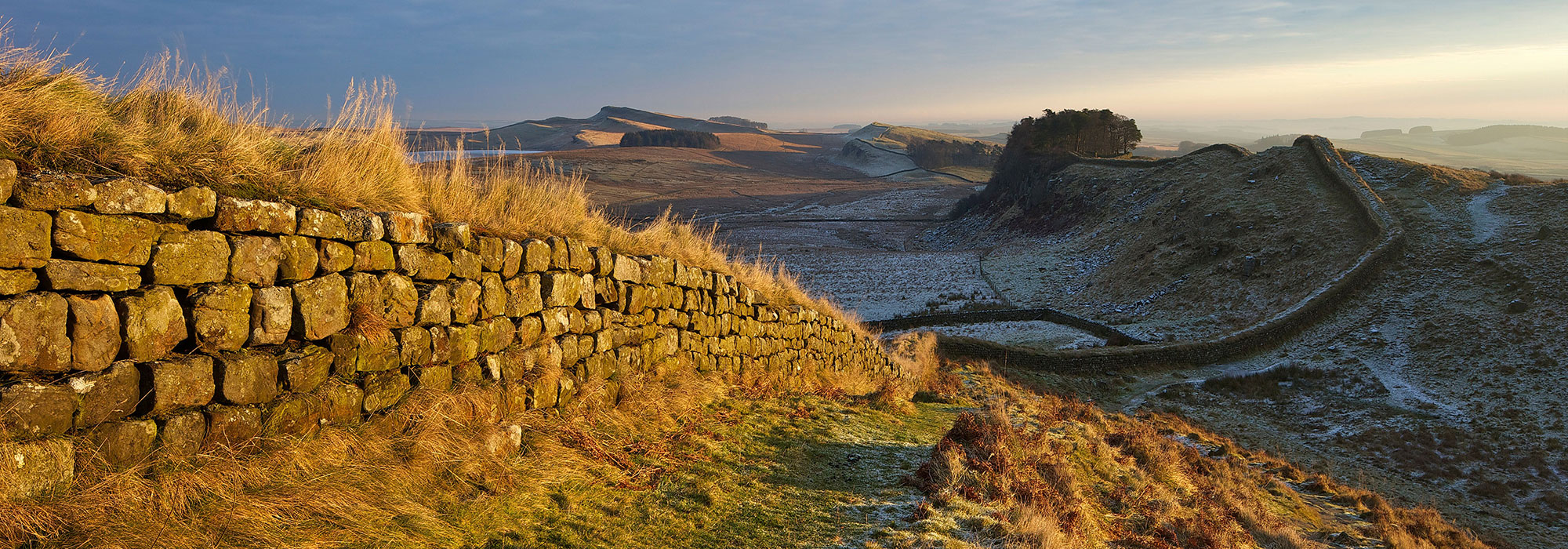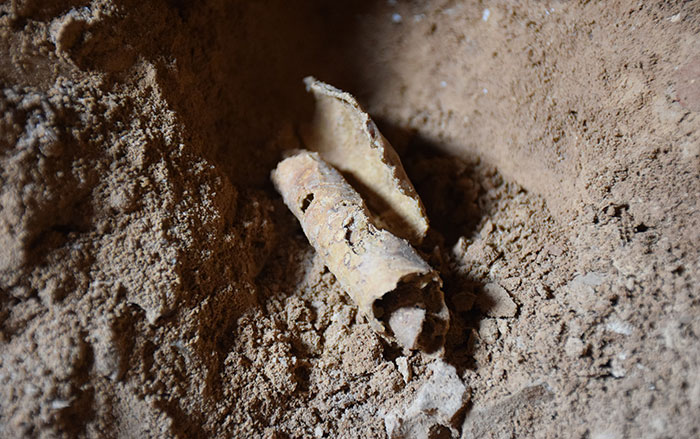On September 3, 1650, between Doon Hill and the London Road in Dunbar, Scotland, the English Parliamentary army led by Oliver Cromwell battled the Scottish Covenanting army. By this time, the series of conflicts known as the English Civil Wars had raged, off and on, for eight years. At the outset, Cromwell and the Scots had been on the same side, opposed to the royalists who backed King Charles I. The king had been beheaded the previous year, and now the Scots were supporting the royal claim of his son, Charles II.
The Scots are thought to have had as much as a two-to-one advantage in men, and held a superior position on the hill. However, many of the Scots were novices who had been recruited over the summer to replace more experienced soldiers purged from the army for their dissenting political views. When the Scots set out to attack at first light, Cromwell’s forces pounced and made quick work of them. The Battle of Dunbar was over in an hour, with the Scots suffering the overwhelming majority of casualties.
“I imagine it was quite chaotic. Cromwell’s men were trained professionals, and the Scots weren’t in good condition when they went into that battle,” says Chris Gerrard, an archaeologist at the University of Durham. “They had been at war for many years, and the clans were tired of giving up their best to the army. It was just men against boys.”
In the aftermath, several thousand sick and wounded Scottish soldiers were allowed to go home, but some 4,000 others deemed a potential threat were taken prisoner and marched south into England toward Durham, 100 or so miles away. These captives, many still teenagers and away from home for the first time in their lives, were in for a series of horrific travails. Already malnourished, they would suffer extreme privation and languish in unsanitary confines. Those who survived would be dispersed throughout the British Isles and as far afield as North America, where some would go on to lead improbably prosperous lives, with countless descendants living in the United States today. Although generally aware of their Scottish ancestry, many of these descendants knew little of what their seventeenth-century forebears had gone through—until an archaeological excavation produced new evidence of the harrowing events of more than 350 years ago.
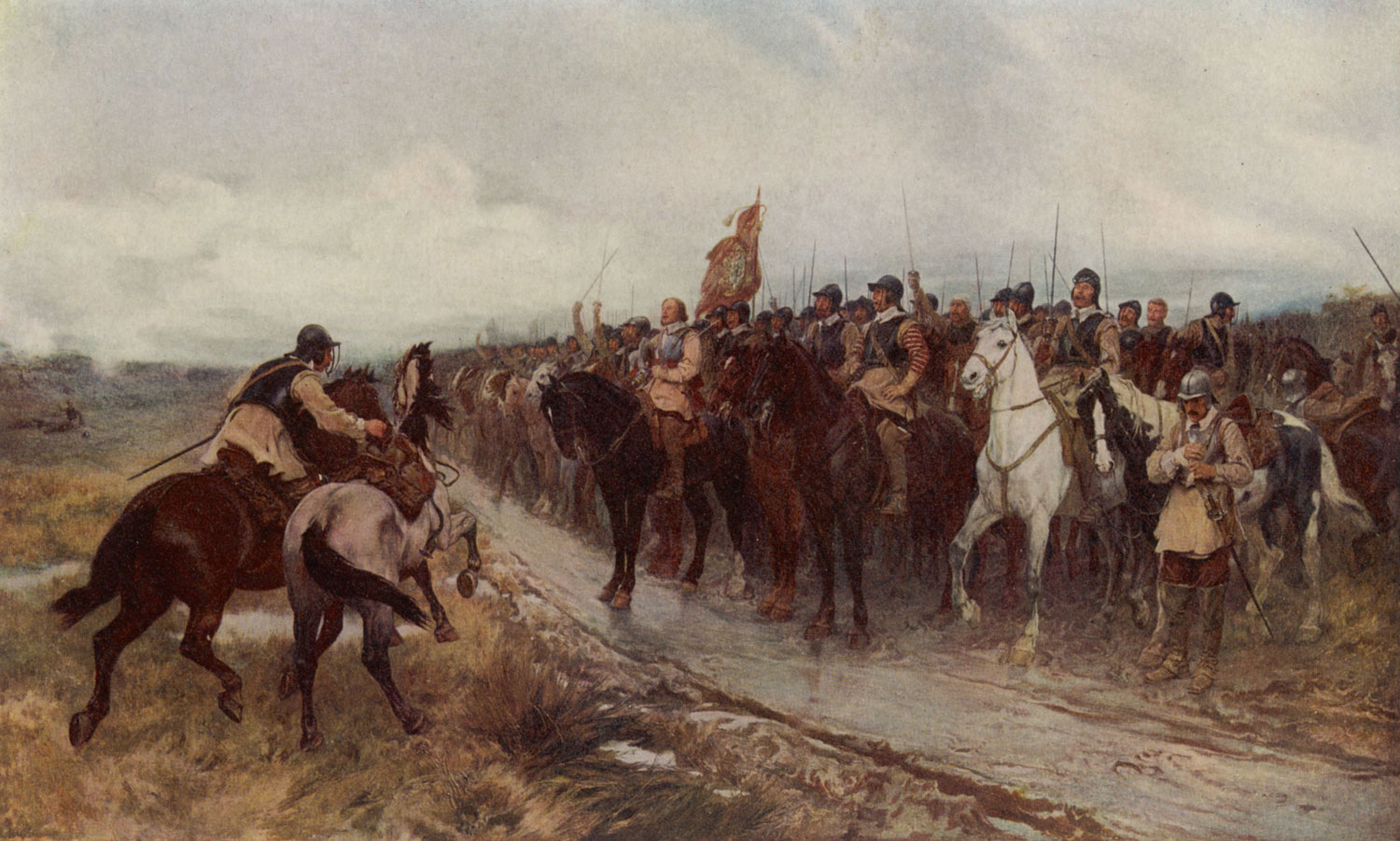
As they made their way south toward Durham, the Scottish prisoners were in the charge of Sir Arthur Hesilrige, Cromwell’s governor at Newcastle. He explained what became of them in a letter to the English Council of State for Irish and Scottish Affairs dated October 31, 1650. The captives hadn’t been given a morsel to eat, and 30 miles into the march a number collapsed, claiming they could not go on. Parliamentary troops shot several dozen protesters, and the rest, resigned, continued on their way. Penned into a walled garden for the night farther along, the famished captives dug up raw cabbages and wolfed them down, muddy roots and all, so that they “poysoned their Bodies,” Hesilrige wrote. Based on his account, it seems that around one in four of the captives died on the march to Durham from starvation, exhaustion, execution, or an intestinal condition that he termed “the Flux.”
There is evidence that the Scots thought men would fight in a more “kingly” fashion if they were hungry, Gerrard says, so they probably hadn’t eaten much even before the battle. “They then were marching for six or seven days, and that is quite a time to go without food if you are walking a hundred miles.”
In Durham, the 3,000 captives who made it were locked in the town’s cathedral, which was unoccupied as Cromwell had dismissed its religious leadership. The town’s nearby castle, also empty, was used to house the many captives who grew sick. In his letter, Hesilrige reported that, during their stay in Durham, around 1,600 more of the captives had died and been buried—with the flux as the primary culprit. He also blamed the “unruly, sluttish, and nasty” prisoners for creating conditions that led to their demise and, in some cases, outright killing each other. In reality, historians believe that, despite Hesilrige’s claim to have gone to great lengths to supply the captives with food, they probably succumbed to a range of maladies brought on by starvation, reduced strength and immunity, and cramped, filthy quarters with little fresh water.
The survivors were sent to a variety of destinations. Some were used as labor to drain the fens in East Anglia, others fought for the Parliamentary army in Ireland, and still others were enlisted in the battle against the French in Barbados. Around 150, possibly selected for their hardiness, were transported to London, and then shipped across the Atlantic on the Unity, most likely arriving in Charlestown, Massachusetts, in late December 1650. There, the 100 or so who had survived the journey were sold into indentured servitude for £20 or £30 each. Around 60 of these went to work in various capacities for the Saugus Iron Works in Lynn, Massachusetts, around 20 were sent to a sawmill on the Great Works River in southern Maine, and the rest were bound to other masters in the area.
Arriving just a few decades after the establishment of the Massachusetts Bay Colony, which had a total population of around 15,000 at the time, the new arrivals from long-settled Scotland found themselves in dramatically unfamiliar surroundings. Further, as Presbyterians, or even Catholics, who spoke with a heavy brogue, they also constituted a distinct cultural minority in Puritan New England. “I think they would have stood out like a sore thumb,” says Emerson Baker, an archaeologist at Salem State University who studies colonial New England.
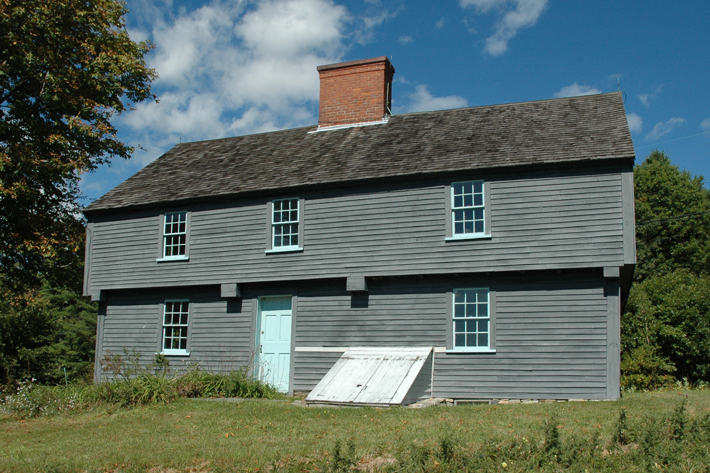
Ultimately, these men were able to obtain their freedom—either by saving up funds equivalent to their sale price or completing a five- to seven-year term of service. Many then settled in southern Maine near the Great Works River sawmill, married, and had children. “They were really on the edge of the frontier,” says Baker. He notes that the area was the target of multiple attacks by Native Americans, in which some of the Scots were taken captive or killed. The McIntire Garrison House, dating to the early eighteenth century and among the oldest private dwellings still standing in Maine today, was built to protect against these raids. “They lived pretty tough lives,” Baker says.
Nonetheless, this small band of Scots formed a thriving, tight-knit community, and ended up naming one of the area’s towns Berwick, after a town close to Dunbar, and one of their meetinghouses Unity Parish, after the ship that brought them to the New World. “Some of these families did quite well and, within a generation or two, they had become regular colonists,” says Baker. “They had acclimated themselves to their surroundings, taken advantage of their opportunities, and become part of the fabric of society.” Today, their descendants live throughout the United States.
In the centuries since the Battle of Dunbar prisoners were held in Durham, human remains were occasionally found near the cathedral, which is still active, and the castle, which now serves as housing for University of Durham students. But they were never analyzed or carefully documented—nor was it clear whether they belonged to some of the 1,600 Scottish soldiers who had died there or to a known burial ground near the cathedral.
On a rainy afternoon in November 2013, during construction of a café at the university’s Palace Green Library, a piece of skull and a piece of pelvis were unearthed within a foot or so of one another. “One of the builders who was working on the project said, ‘Oh, that’ll be one of them Scots soldiers, then,’” says Richard Annis, a University of Durham archaeologist who supervised the excavation of the site and analysis of the recovered remains. “We spent a long time trying to prove whether or not he was correct.”
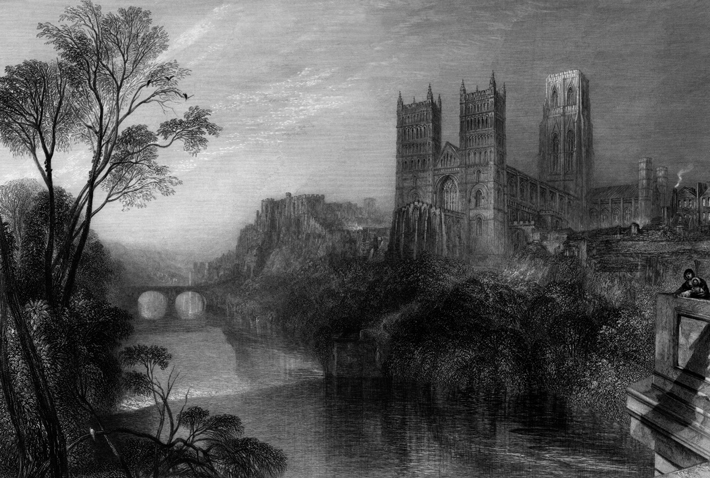
Further excavation made clear that the remains were part of a mass grave. “A large number of burials were tightly packed on top of each other with absolutely no artifacts at all—not a pin with them,” says Annis. “It looked like they had been dropped naked into a pit in some disarray. Some were face up. One was face down. A couple were on their sides tumbled in.” A few feet away, separated by an area that had been disturbed in recent times, the archaeologists found another mass grave. In all, they excavated the remains of somewhere between 17 and 28 people, all male and generally aged 13 to 25, with the majority toward the younger end. “There was very little evidence of healed injury,” says Annis, “so they weren’t a bunch of battle-hardened soldiers or anything like that.” All of this fit with what was known of the Scots who had fought in the Battle of Dunbar.
A helpful clue to dating the remains was provided by several sets of teeth with telltale elliptical gaps in the upper and lower incisors, evidence of habitual tobacco smoking with clay pipes. “This was remarkable given their young age,” says Annis. “And it showed that they had died after the introduction of relatively cheap Virginia tobacco in the early seventeenth century.” Radiocarbon dating further narrowed the window to between 1640 and 1655. Isotopic analysis of teeth from 13 of the people showed that most were likely to have come from various parts of Scotland, but three had grown up in areas of northern Europe outside the British Isles. These could have been descendants of Scots who had gone to war abroad, or mercenaries from mainland Europe or Scandinavia who had come to fight in Scotland.
After several years of analysis, the researchers concluded that the remains were indeed those of the Scots soldiers. “It’s been known for hundreds of years that large numbers of men had gone through a horrendous campaign of warfare, defeat, the march to the south in very poor conditions, then imprisonment, and that a sizable number of them had died. Yet there was no clear evidence as to where those people had ended up,” says Annis. “The discovery at Palace Green was tremendously important in answering that question.”
When the researchers announced on the university website that the mass graves held remains of Battle of Dunbar soldiers, they were surprised to find a massive influx of online traffic from the United States. “Thousands of people on the eastern seaboard of America were looking at our site,” says Gerrard, who led the University of Durham team that excavated and analyzed the remains. “We were inundated with inquiries from the survivors’ descendants. It was quite remarkable.”
Last October, a number of the researchers, including Gerrard and Annis, traveled to New England, where they presented their findings to several dozen of these descendants at a public library down the street from the site of the Saugus Iron Works, which is now a National Historic Site. “The room was completely packed,” says Annis, “and most of them were clutching their family tree that shows their eighth or ninth great-grandfather being one of these people who had gone through this experience in Dunbar, in Durham, and then the transportation overseas. It was absolutely fascinating to see the degree of interest in this group, and it was profoundly gratifying, really.”
One of the descendants who attended the presentation was Heidi Thibodeau, 58, a corporate library assistant who grew up in Stoneham, Massachusetts, and now lives in Connecticut. Before starting to work on her family tree several years ago, she knew nothing of her connection to the Battle of Dunbar. She has since found that she is descended from a number of the survivors who formed the community in southern Maine. One of these was James Warren, who lived into the early years of the eighteenth century and had five children, one of whom was abducted, along with her daughter, and taken to Canada in a 1689 Native American raid. At the presentation, which she says felt like a family reunion, Thibodeau met fellow descendants for the first time.
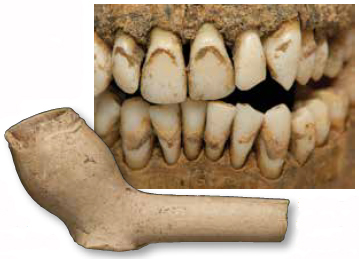
“I’m really grateful to the people from Durham that came over and shared what they’ve found out about the lives of the men who died and were buried over there,” she says. “It kind of brought to life my own ancestors. I’m in awe of them, of their ability to survive and thrive when I think of what they went through. They were shipped here to a strange country, far from their family and loved ones, and they made successful lives for themselves. I’m just amazed at their strength and their courage.”
In Durham, once the researchers determined that the remains they had excavated were those of Battle of Dunbar soldiers, they were faced with the question of where they should be reburied. Some in Scotland have argued that the remains should be buried there, to return the soldiers to their homeland. However, Gerrard points out, the prevailing practice in the United Kingdom is to bury excavated remains in the modern cemetery closest to the point of discovery.
In this case, he suggests, there are several added arguments for this custom. First, the team has excavated only parts of individual soldiers’ bodies, with the remaining bones thought to lie under the library building, and some believe that different parts of individuals should not be separated by a great distance. Second, the overwhelming majority of the captives remain buried near the café site, so the excavated remains should be kept as close to them as possible. As a result of these arguments, the team has decided that the remains will be reburied later this year at the Elvet Hill Road Cemetery in Durham, less than a mile from where they were exhumed.
“A point of view that has been made forcefully is that this is a group of people who fought together, went through this terrible march together, and then died together,” says Gerrard. “These were their friends, their colleagues, and in all likelihood their relatives, so they should be kept together.”



